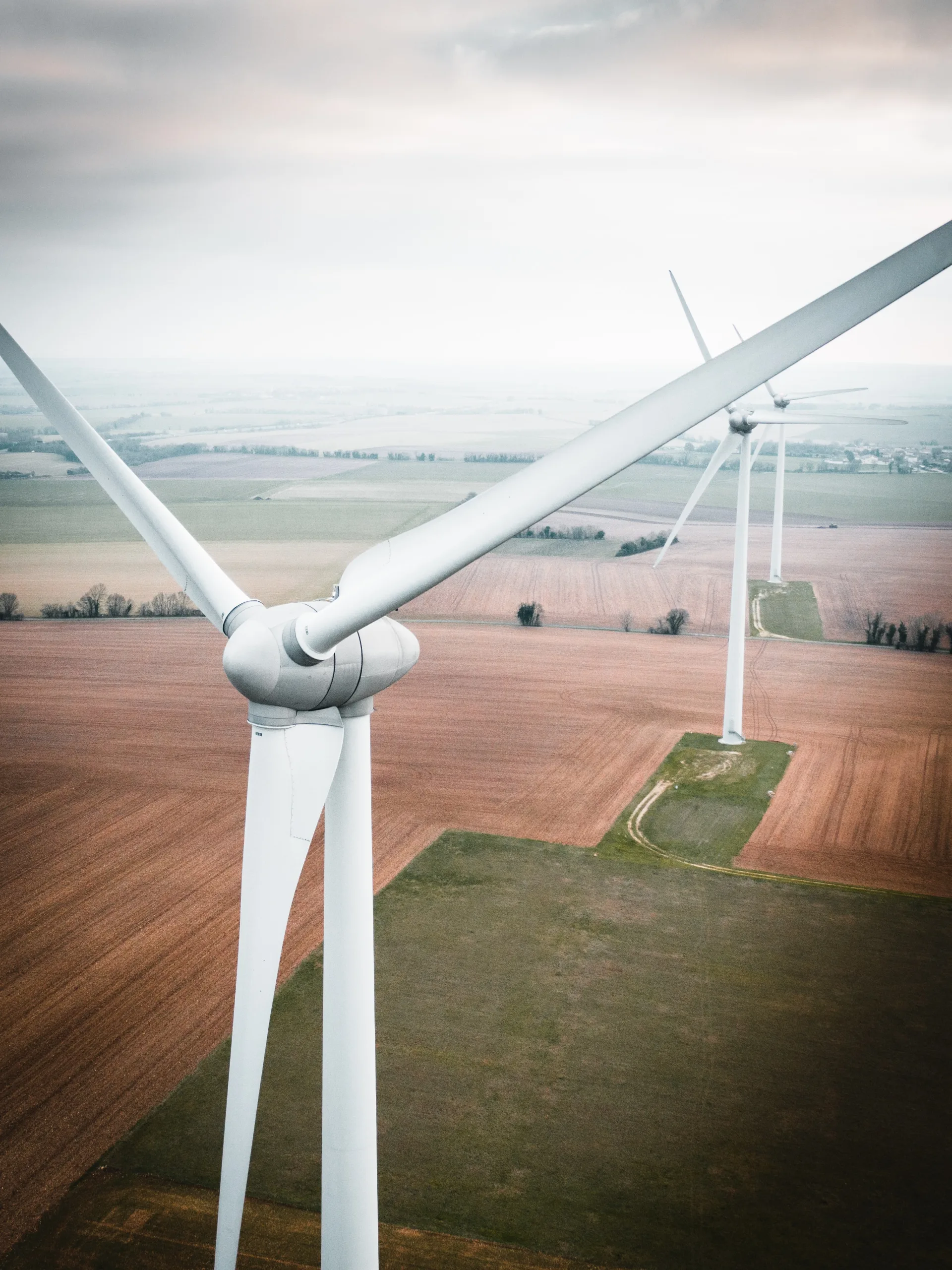
How much of the world’s electricity came from the wind in 2022?

7.6%
Wind power is growing fast; the proportion of the world’s electricity generated by wind turbines has more than doubled since 2015, when the figure stood at just 3.5%, according to the fourth Global Electricity Review from Ember, a British energy and climate research group.

Who accounts for the greatest share of the world’s wind-power production?

China
In 2022, China accounted for roughly 37% of global electricity production from wind, according to Ember. (The U.S. was second, accounting for about 20%.) In fact China is a renewable-energy powerhouse, having surpassed the U.S. and Europe in both wind and solar power.

How much of U.S. electricity generation was provided by wind in 2022?

10%
U.S. wind power output in 2022 was more than 60 times what it had been at the start of the 21st century. Falling costs driven by technological advances have been a big factor. The country that generated the biggest proportion of its electricity from wind last year was Denmark, at 55%, according to Ember.

Power production from wind turbines depends on the spinning blades. Which way do they rotate?

Clockwise
Viewed looking downwind, modern wind turbines usually turn clockwise, largely because that standard was the one that emerged in the marketplace. Writing in the journal Wind Energy Science in 2020, three scientists who looked into the question reported that the prevalence of clockwise blade rotation is “a historical coincidence.” In Denmark, for example, traditional windmills were made to turn counterclockwise.

The first wind turbine was created in 1887—by whom?

James Blyth
On his property in Marykirk, Scotland, Blyth built a windmill and used it to power a generator, storing the resulting electrical energy in a battery. He powered his vacation home this way, producing in just half a breezy day power to last him four evenings. Blyth proposed to use the surplus to light the community’s main street, but some wary locals considered electricity the work of the devil.

America’s—and probably the world’s—first wind farm was installed in 1980. Where?

Crotched Mountain in New Hampshire
Twenty 60-foot wind turbines were erected on Crotched Mountain as a pilot project by a startup called U.S. Windpower, founded by alumni of the wind-power program at the University of Massachusetts Amherst.

Someone famous once said: “As yet, the wind is an untamed, unharnessed force, and quite possibly one of the greatest discoveries hereafter to be made will be the taming and harnessing” of it. Who spoke those words?

Abraham Lincoln
Lincoln said this in a lecture he gave on several occasions in Illinois around 1860, not long before he was elected president. “Take any given space of the Earth’s surface, for instance, Illinois,” he elaborated, “and all the power exerted by all the men, beasts, running water and steam over and upon it shall not equal the one-hundredth part of what is exerted by the blowing of the wind over and upon the same place.”

Wind turbines are getting bigger, as are their blades—which are made mostly of what?

Fiberglass
Turbines and blades are growing because bigger ones generate more power. The fiberglass composites used in the blades do pose recycling challenges when blades wear out, and many end up in landfills. But some companies are working on ways to reprocess the blades into plastics, cement and other marketable products.

Wind turbines’ huge blades can be fatal to flying bats. Which of these could help?

Slowing or stopping turbines under certain circumstances
Ultraviolet turbine illumination
Ultrasonic deterrents
The use of acoustic deterrents was inspired by moths, some of whom use sound to repel bats. Ultraviolet light can help bats distinguish turbines from trees and other features of the natural landscape. Scientists have found that slowing turbine blades during low-wind conditions, when bat fatalities peak, drastically reduces bat kills. Unfortunately it also reduces power output.



コメント